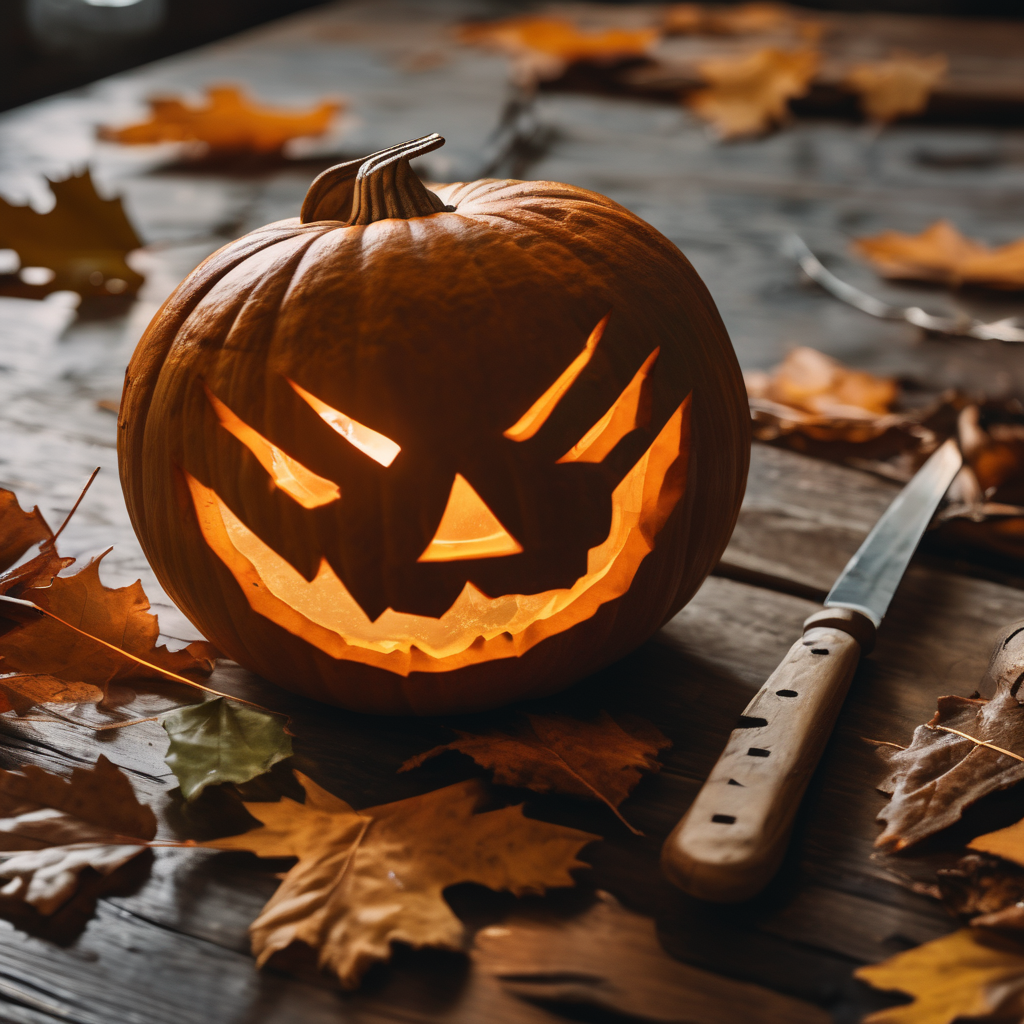John Carpenter is renowned for directing two cinematic masterpieces, and while he has not helmed a film for quite some time, fans of the genre remain hopeful for a return. His most critically acclaimed works include the legendary sci-fi horror film “The Thing,” which was underappreciated upon its release but has since gained a substantial cult following, and the iconic slasher “Halloween.” Released in 1978, “Halloween” not only established Carpenter as a master of horror but also transformed the genre itself.
“Halloween” was a massive box office success, paving the way for numerous sequels, some of which have also been well-received. Even critics who later criticized the slasher films that followed acknowledged the brilliance of “Halloween,” cementing its status as a genre cornerstone. So, what exactly makes “Halloween” such a standout entry in horror cinema?
One of the film’s most remarkable aspects is how Michael Myers, portrayed as “The Shape,” instills fear without excessive violence. Unlike many modern horror films, including those by Rob Zombie and David Gordon Green, Carpenter’s classic maintains a minimal level of bloodshed, making it more accessible to those who may be squeamish. Michael Myers’s presence is felt throughout the film as he silently stalks his victims, from watching Laurie Strode at school to lurking outside her home. This unsettling behavior, coupled with Carpenter’s haunting score, creates a palpable tension that keeps audiences on edge.
Another crucial element of “Halloween” is its memorable mask, the now-iconic white-painted William Shatner mask. This simple yet effective design blends human and ghostly qualities, heightening the mystery of Myers’s character. Furthermore, Carpenter’s film played a pivotal role in defining the slasher subgenre, establishing key tropes that would become synonymous with horror, such as the idea that characters’ reckless behaviors lead to their doom.
Integral to the film’s success is the casting of Jamie Lee Curtis as Laurie Strode. Curtis delivers a performance that resonates with viewers, portraying Laurie as a relatable, resilient character who embodies the “Final Girl” trope with authenticity. Alongside her, Donald Pleasence offers a compelling portrayal of Dr. Loomis, emphasizing the threat posed by Myers through his frantic warnings. The supporting cast, including Nancy Kyes and P.J. Soles, contribute to the film’s engaging dynamic, enhancing the viewers’ connection to the small-town atmosphere of Haddonfield, Illinois.
Ultimately, “Halloween” transcends the typical boundaries of horror films; it captures an authentic sense of terror that immerses the audience in a genuine nightmare. With its masterful blend of simplicity, suspense, and unforgettable performances, “Halloween” remains unparalleled, and no sequel has ever quite matched its impactful experience. The film invites us to remember that, while we may be safe on our couches, the enigmatic figures of horror, such as Michael Myers, continue to haunt the genre and remain embedded in cinematic history.
Fans can stream “Halloween” on AMC+, ensuring that this classic horror experience remains accessible for new and longtime followers alike.
